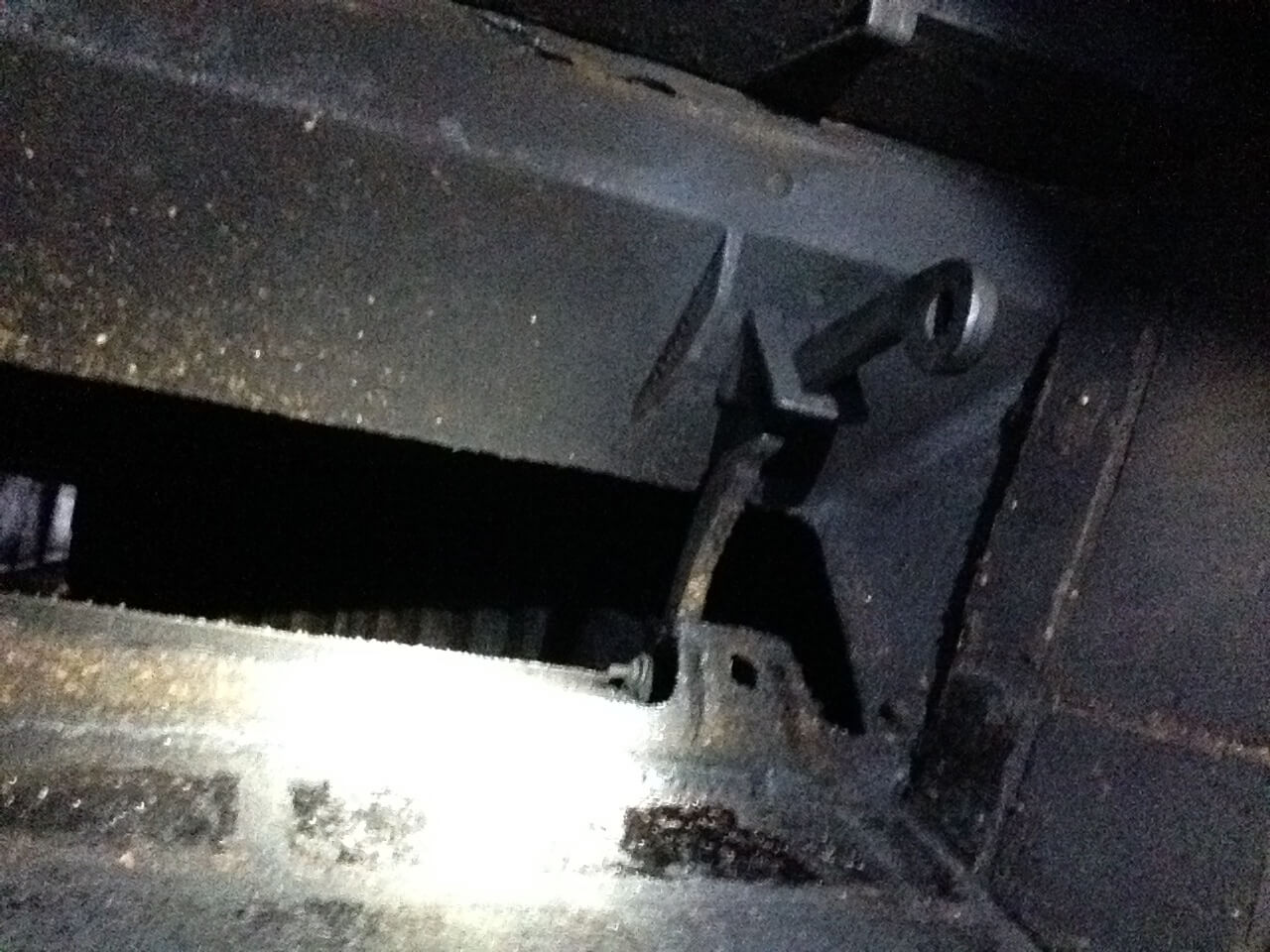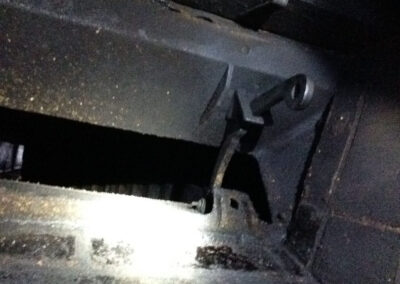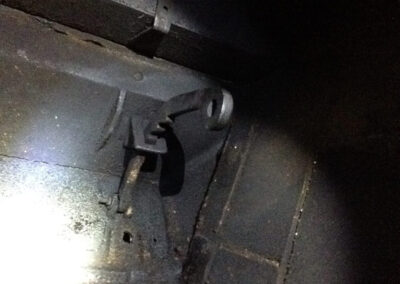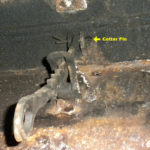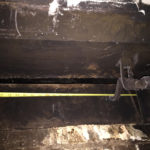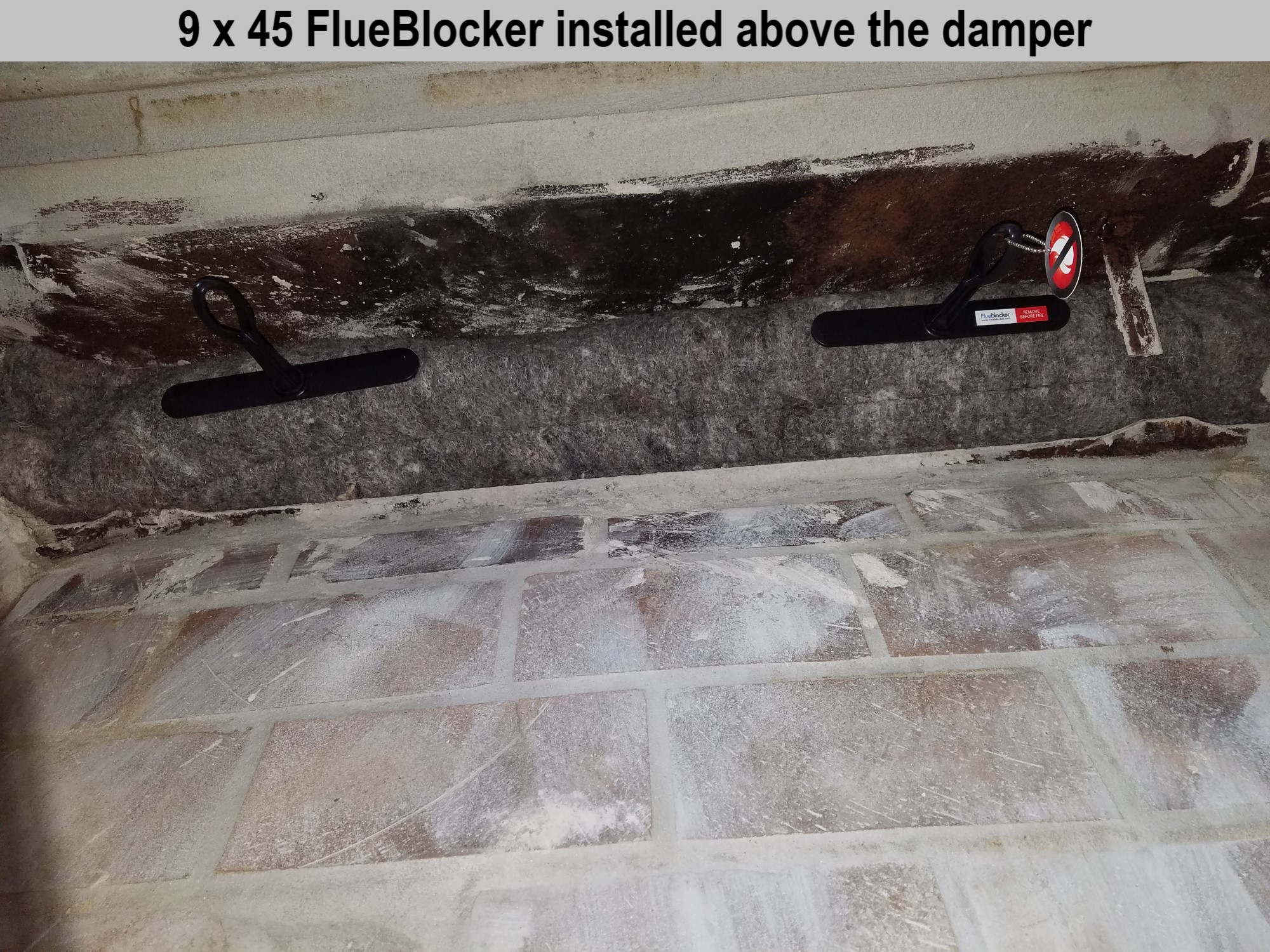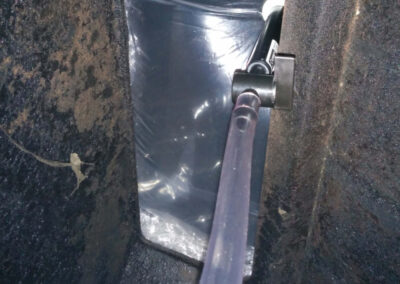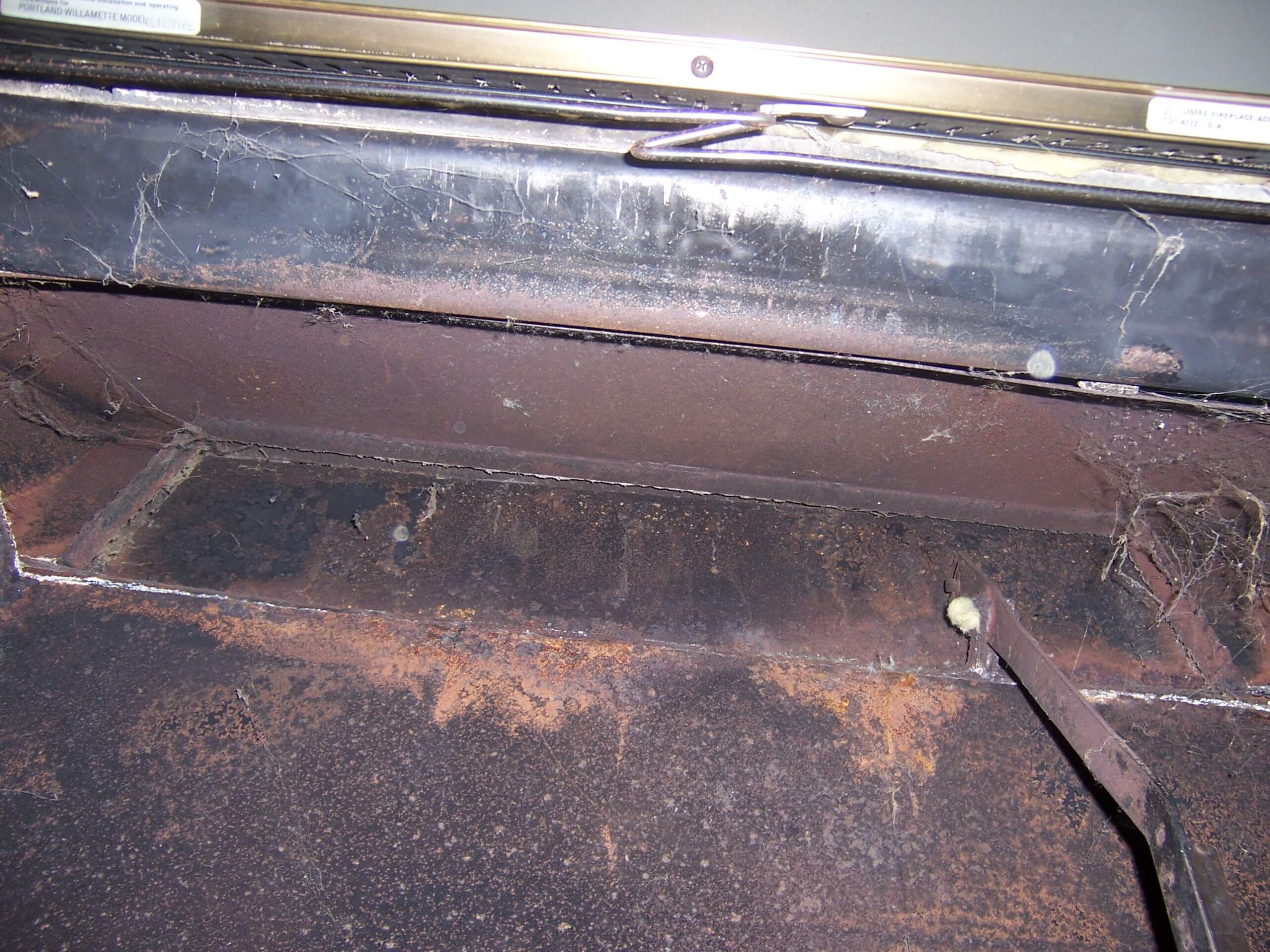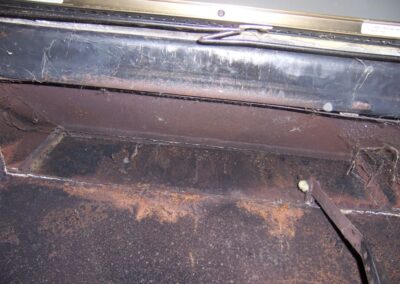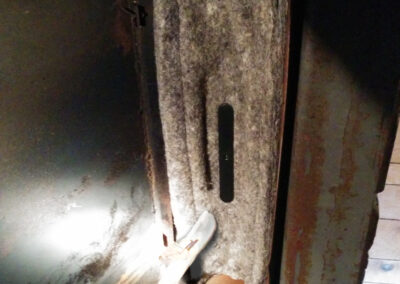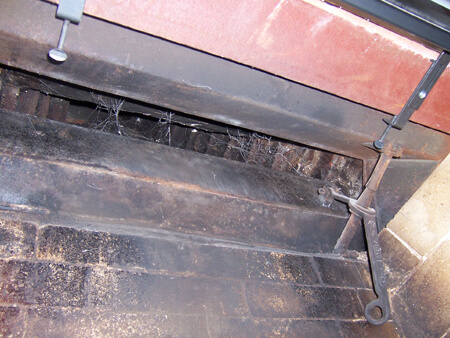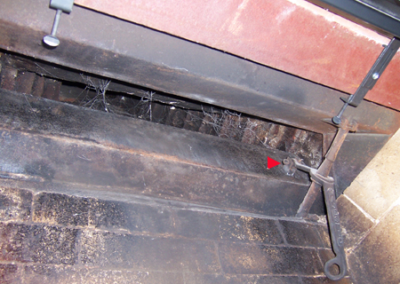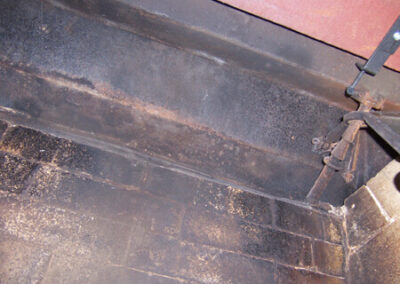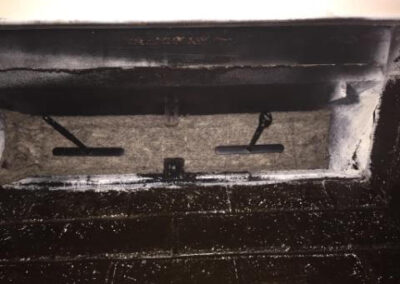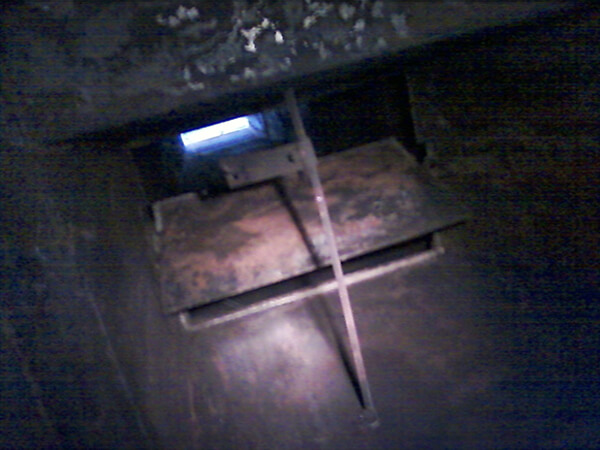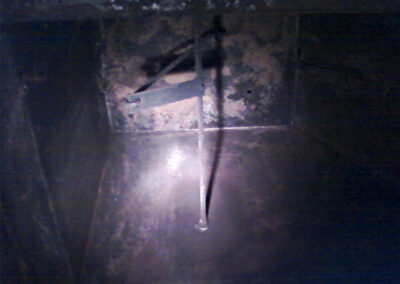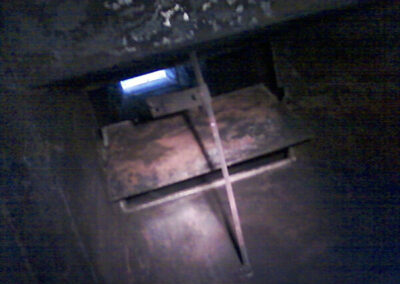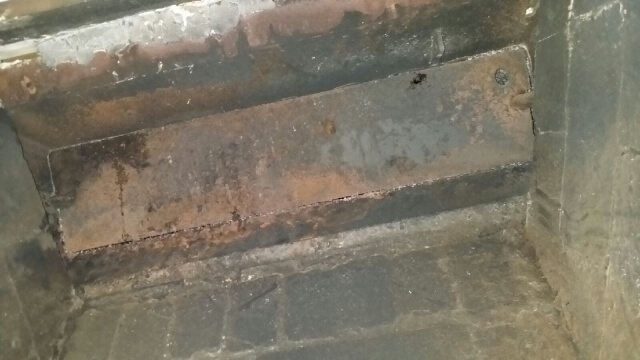
#41: I Have a Damper with No Handle or Opener. How Do I Plug the Flue?
#41: I Have a Damper with No Handle or Opener. How Do I Plug the Flue?
Fireplace #41: Damper with No Handle or Opening Hardware
If you look up and see a damper that has no handle and there is no opening and closing apparatus at all inside or outside of the fireplace a few things are possible:
- There use to be a damper handle or mechanism, but it broke or rusted out. (image 41-3)
- There never was a handle and this damper is just designed to be opened by hand. (image 41-1)
In both of these cases, I would not trust this metal damper. This is why: Imagine you open that damper by hand, start a fire in the fireplace, and then leave the room to go to the bathroom, or make a sandwich, or whatever… While you are gone the gradual heating and expansion of the damper causes it to fall closed. This damper very possibly could be missing the counterweight or mechanical apparatus that generally holds it open. So this is a likely scenario. Now your home is filling with smoke and fumes from the closed damper, and you have to rush to figure out how to get in the flaming-hot firebox and flip the damper open again.
The Flueblocker below the damper
The Flueblocker is the best solution for this application, since there is no damper hardware to contend with. Here is how a Flueblocker is installed:
- Measure the wall to wall area left to right, and front to back below the damper (image 41-4).
- Buy a Flueblocker that is the proper size or a few inches large. You can trim it to size with scissors if needed. If you don’t find the size you need in our standard sizes contact us for a custom quote.
- Tuck the Flueblocker into the area you had measured. If it is over-sized, it may bow upward a bit from the pressure fit.
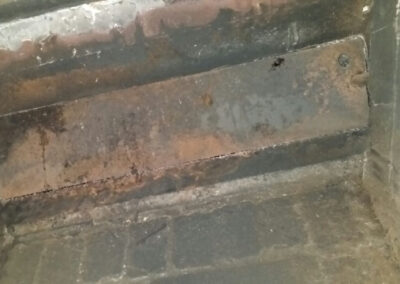
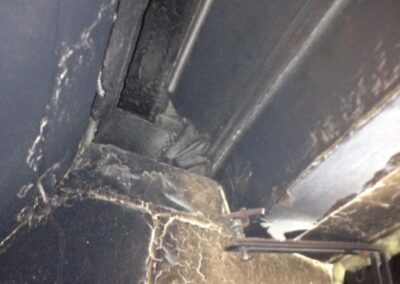
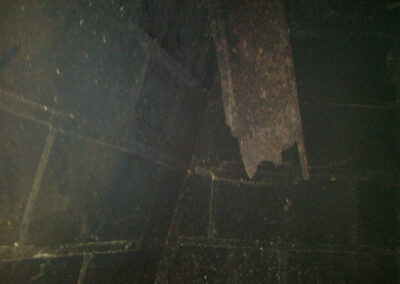
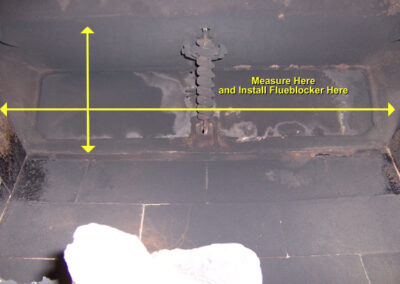
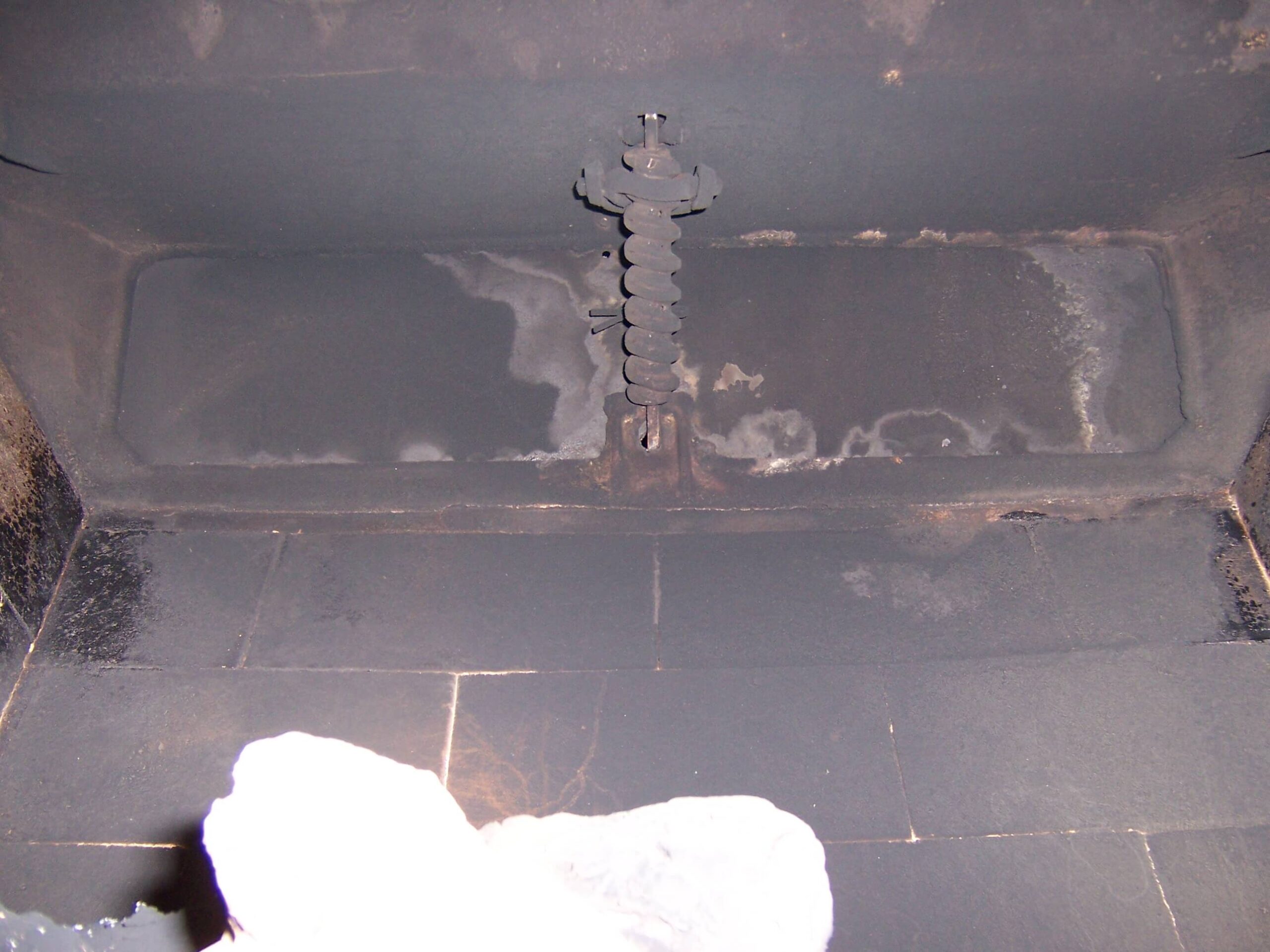
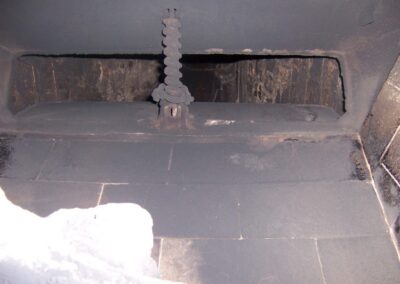
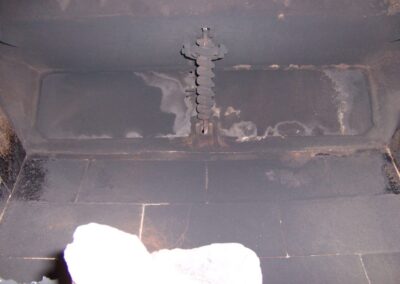
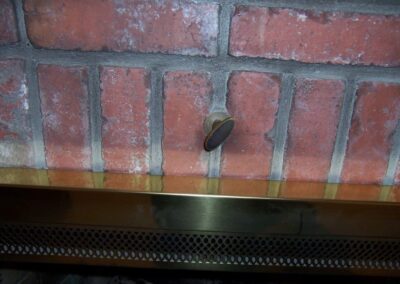
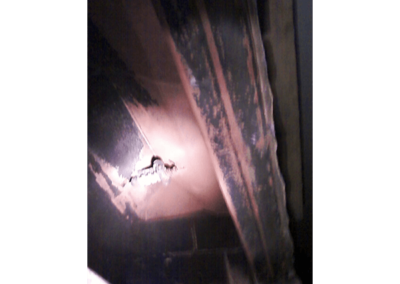
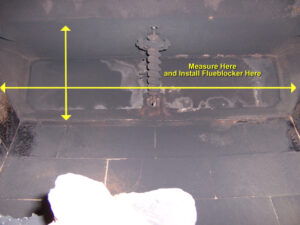 The Flueblocker is the best solution for this application, since the damper hardware below the damper door is not protruding down into the firebox. Here is how a Flueblocker is installed:
The Flueblocker is the best solution for this application, since the damper hardware below the damper door is not protruding down into the firebox. Here is how a Flueblocker is installed: